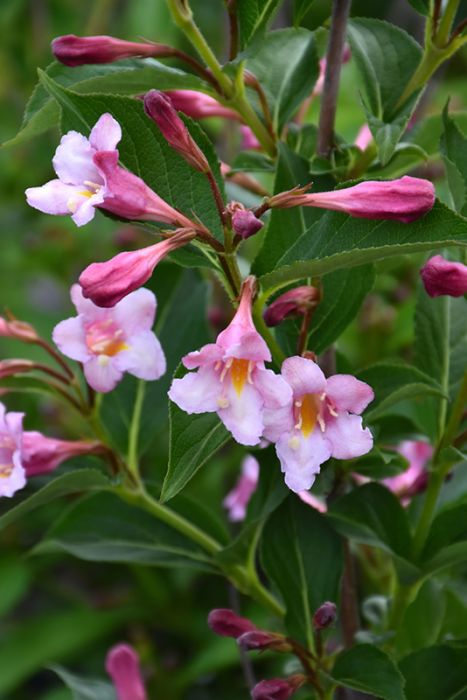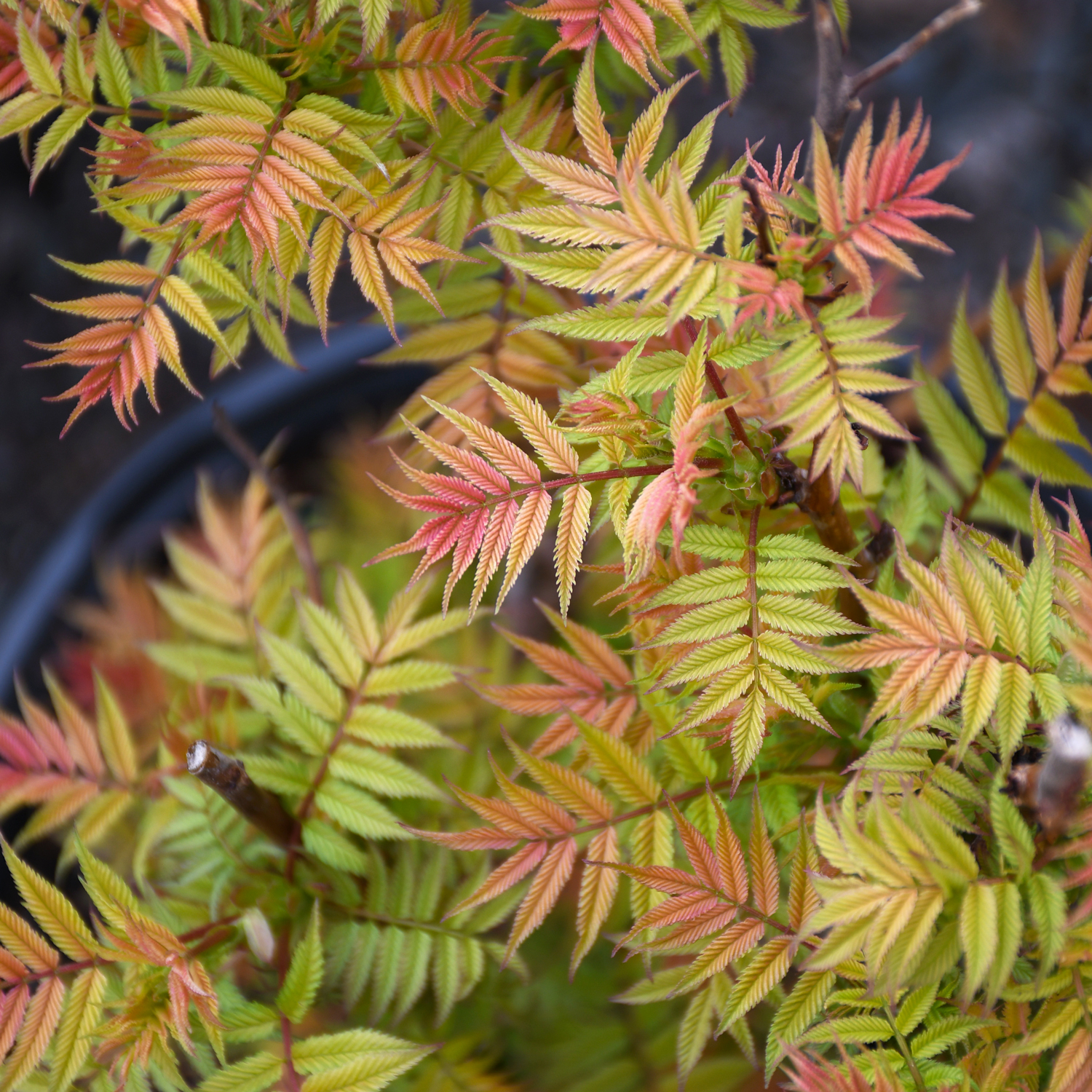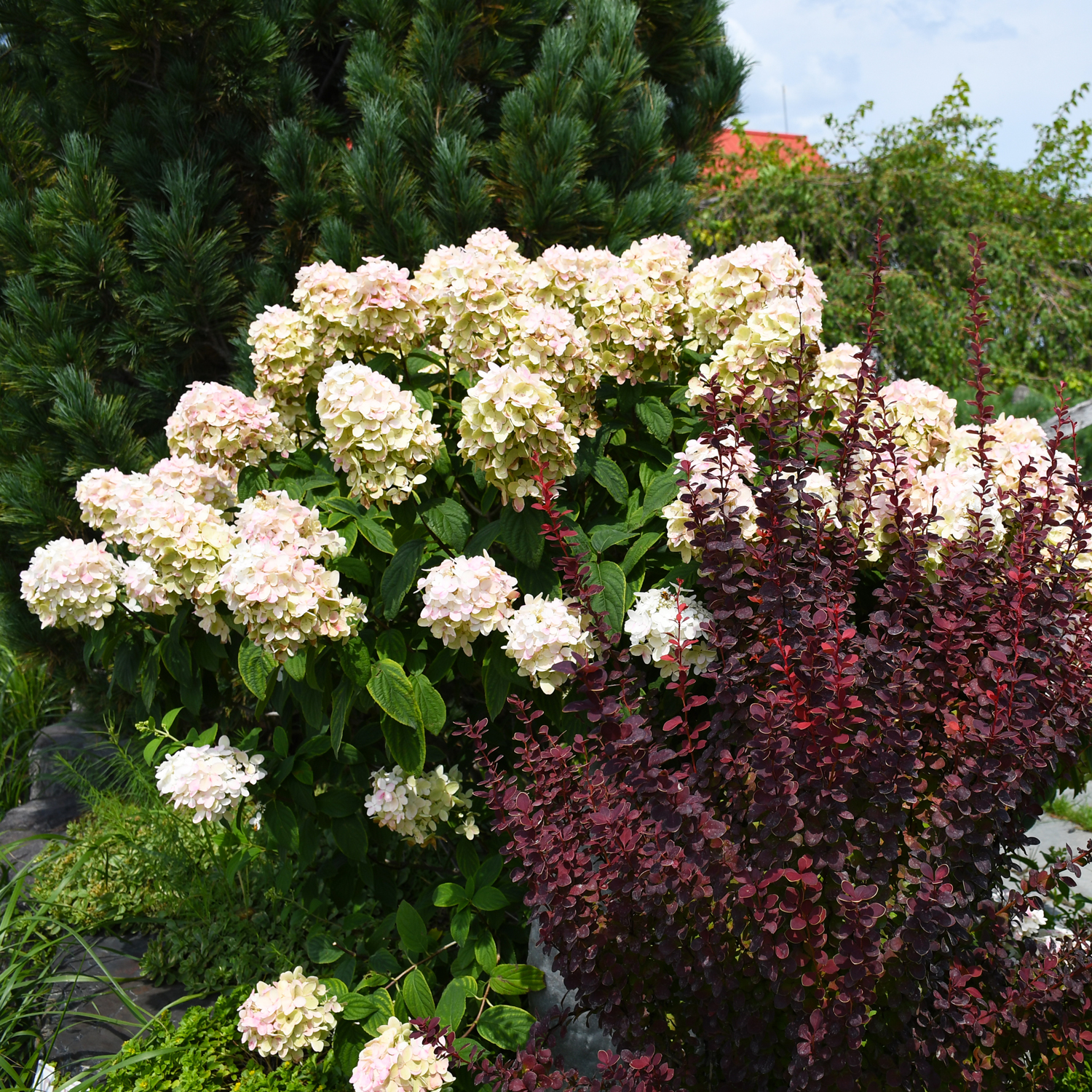Weigela, Green Foliage 'Sonic Bloom® Pure Pink'




Out of stock
Availability updated daily- Sun Preference
- Full-Sun
Description
Reblooming selection with large, flamingo pink blooms. Vigorous growing plants produce a large show of blooms in late spring, followed by waves of blooms through the summer.
Minnesota's Largest Selection of Shrubs
Elevate your landscaping with Gertens' unmatched variety of shrubs! Selecting the right shrubs for your backyard can enhance its beauty and functionality. Consider factors like sunlight, soil type, and mature size when choosing shrubs. For sunny areas, flowering shrubs like roses or hydrangeas can add color and charm. In shady spots, opt for shrubs like azaleas or hostas. Evergreen shrubs provide year-round interest and privacy, while deciduous shrubs offer seasonal color changes. At Gertens, we offer a wide selection of shrubs to suit every backyard need.
Details
Sonic Bloom® Pure Pink Weigela | Weigela florida 'SMNWFRP'
Height: 5 feet
Spread: 5 feet
Sunlight: full sun
Hardiness Zone: 4a
Group/Class: Sonic Bloom® Series
Brand: Proven Winners
Description:
This is a magnificent cultivar that forms a stately mounded shrub with rich glossy green foliage; contrasting, pure pink trumpet-shaped flowers re-bloom all season and attract hummingbirds; ideal for the mixed garden border
Ornamental Features
Sonic Bloom® Pure Pink Weigela features showy clusters of pink trumpet-shaped flowers along the branches from late spring to mid fall, which emerge from distinctive hot pink flower buds. It has attractive dark green deciduous foliage. The glossy pointy leaves are highly ornamental but do not develop any appreciable fall color.
Landscape Attributes
Sonic Bloom® Pure Pink Weigela is a dense multi-stemmed deciduous shrub with a mounded form. Its relatively fine texture sets it apart from other landscape plants with less refined foliage.
This shrub will require occasional maintenance and upkeep, and should only be pruned after flowering to avoid removing any of the current season's flowers. It is a good choice for attracting hummingbirds to your yard, but is not particularly attractive to deer who tend to leave it alone in favor of tastier treats. It has no significant negative characteristics.
Sonic Bloom® Pure Pink Weigela is recommended for the following landscape applications;
- Accent
- Mass Planting
- Hedges/Screening
- General Garden Use
Planting & Growing
Sonic Bloom® Pure Pink Weigela will grow to be about 5 feet tall at maturity, with a spread of 5 feet. It tends to fill out right to the ground and therefore doesn't necessarily require facer plants in front, and is suitable for planting under power lines. It grows at a medium rate, and under ideal conditions can be expected to live for approximately 30 years.
This shrub should only be grown in full sunlight. It prefers to grow in average to moist conditions, and shouldn't be allowed to dry out. It is not particular as to soil type or pH. It is highly tolerant of urban pollution and will even thrive in inner city environments. This is a selected variety of a species not originally from North America.
More Information
| Available for Pre-Order | No |
|---|---|
| Sun Preference | Full-Sun |
| USDA Hardiness Zone | 4, 5, 6, 7, 8 |
| Common Family Name | Weigela |


